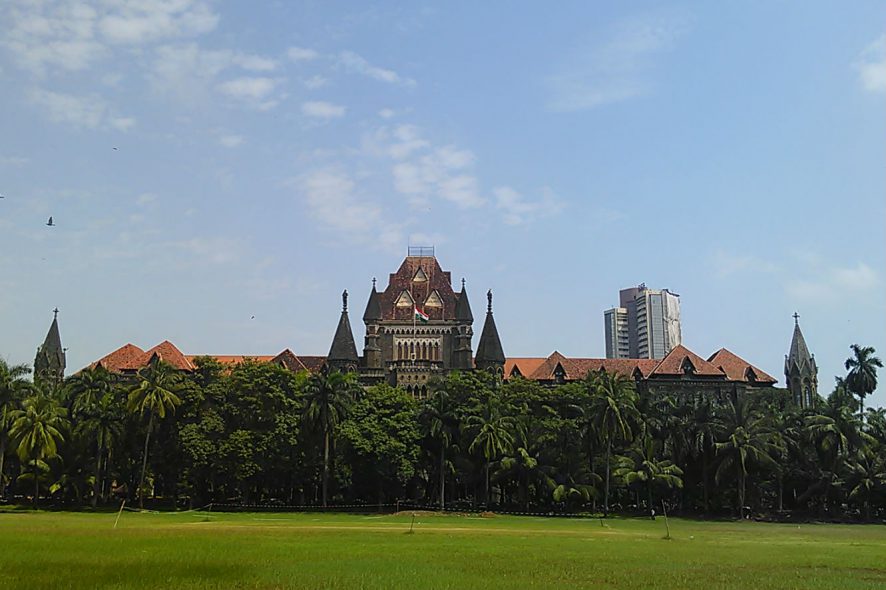Bombay High Court: N.J. Jamadar, J., while disposing of an interim application filed by the defendants in a commercial division summary suit, held that the salutary object of the Arbitration and Conciliation Act, 1996, cannot be defeated by adding a claim over and above the claim in respect of the matter which is squarely covered by arbitration agreement.
The suit was filed by the plaintiffs for recovery of a sum of over Rs 1. 24 crores on the basis of a memorandum of understating (“MoU”) entered into with the defendants and multiple negotiable instruments issued by the defendants in favour of the plaintiffs. The defendants filed the instant interim application seeking the reference of the dispute to arbitration in view of an arbitration clause in the MoU. The plaintiffs resisted the application averring that there was a series of transactions between them and the defendants. Their claim consisted of two parts, the first part based on cheques issued by the defendants and the second part based on bills of exchange. It was submitted that the arbitration clause in the MoU covered only the first part, whereas the second part was out of its purview.
Narayan Sahu, counsel for the plaintiffs, submitted that the subject-matter of the suit cannot be bifurcated and, therefore, the application under Section 8 of the Arbitration and Conciliation Act became untenable. While on the other hand, Saurab Oka, counsel for the defendants insisted on allowing their application under Section 8 and refer the dispute for arbitration.
According to the High Court, the crucial question which wrenches to the fore was: whether the effect and force of the arbitration clause gets diluted on account of inclusion in the suit, of a claim in respect of a dispute which is not governed the arbitration clause?
The Court thought it fit to consider the question from the perspective of the legislative object contained in Section 8. Referring to Order 2 Rules 3 and 6 CPC and relying on the Supreme Court decisions in Sundaram Finance Ltd. v. T. Thankam, (2015) 14 SCC 444, it was held by the High Court that if the submission of plaintiff as aforementioned is readily accepted, it has the propensity to give a long leash to the plaintiff to circumvent the arbitration agreement by uniting a cause of action which is beyond the purview of the arbitration agreement. It would have the effect of denuding Section 8 of its force and vigour. Such an interpretation would also derogate from the object which the Arbitration and Conciliation Act, 1996 is intended to achieve: of minimum judicial intervention where parties have agreed to arbitrate the dispute.
In the peculiar facts of the case, the Court referred the dispute to arbitration in respect of the first transaction which was squarely covered by the arbitration clause and exercised its power under Order 2 Rule 6 CPC to direct the plaintiffs to institute a separate suit in respect of the second transaction not covered by the arbitration clause. [Taru Meghani v. Shree Tirupati Greenfield, 2020 SCC OnLine Bom 110, decided on 10-01-2020]






